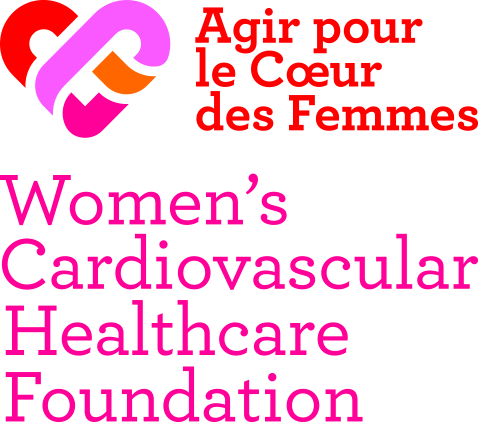
MIEUX CONNAITRE
How Heart Disease Affects Women: What You Need to Know
A woman’s heart and arteries are different from a man’s and don’t always develop the same damage, especially depending on menopausal status.

Before Menopause
• The large coronary arteries (epicardial coronary arteries that circulate blood at the heart’s surface) have soft plaques that haven’t calcified. They can break off and stick to other parts of the arteries, causing a range of symptoms like palpitations, shortness of breath and abdominal pain. These plaques can also rupture, causing a blood clot to form on their surface. These clots can tear off and block the small arterioles inside the heart muscle, insidiously damaging the heart. • Young women are more likely to experience spontaneous coronary artery dissection where an artery tears along its length. Pregnancy is a contributing factor. They’re also more likely to have coronary artery spasms, especially if they smoke or live with high stress. Fatigue, shortness of breath during moderate everyday activities, atypical chest pain and digestive problems are symptoms of this type of coronary damage.
After Menopause
• As a woman ages, the structure and evolution of atherosclerotic plaque become similar to a man’s. The atherosclerotic plaque becomes fibrous and calcified, making it harder. Without appropriate treatment, it gradually blocks off the arteries, causing more traditional warning signs when a woman is active and eventually even when she’s resting. These include chest pain and tightness that radiates into the arm and jaw. • Women also develop microvascular obstruction in the arterioles inside the heart muscle. These arterioles serve as an oxygen reservoir when the heart needs more energy, especially during activity. These arterioles thicken and become blocked due to age, hypertension, diabetes or too much cholesterol. In this case, the heart can no longer handle everyday activities. It’s poorly vascularized, very fragile and at risk of moving into the final stage of heart failure, when the heart can no longer carry out its role of distributing blood in the body’s arteries. This peripheral arteriole disease explains the atypical presentation of heart attacks even though the large coronary arteries aren’t blocked. These blockages aren’t visible on a coronary angiography, a procedure that only shows obstruction in the large coronary arteries. They can be detected by a stress myocardial perfusion scan (also called a nuclear stress test), stress echocardiogram or stress cardiac MRI. It’s important to find out if you have arteriolosclerosis, because this disease has the same risk of death as the more traditional coronary artery disease. These distal obstructions require the same medical treatment and cardiac rehabilitation.
Key Takeaway
Clinical presentation and symptoms of coronary artery disease in women are often misleading. This means people are often slow to call 911, slow to diagnose the disease and slow to provide treatment, which compromise the ability of these women to regain their full health. It’s critical to understand and consider these specific aspects of coronary artery disease in women to optimize management and improve the prognosis for these at-risk women.
CONNAÎTRE AUSSI

Thierry Drilhon
Cofounder
Thierry Drilhon has 35 years of experience in the fields of technology, digital transformation, and innovation acquired as an international director for companies like Microsoft, where he was Deputy General Manager, and Cisco Systems, where he became CEO France in 2000, EMEA President, then Senior Vice President based in Paris and San Francisco, and member of the Global Executive Committee. In 2012, [...]



